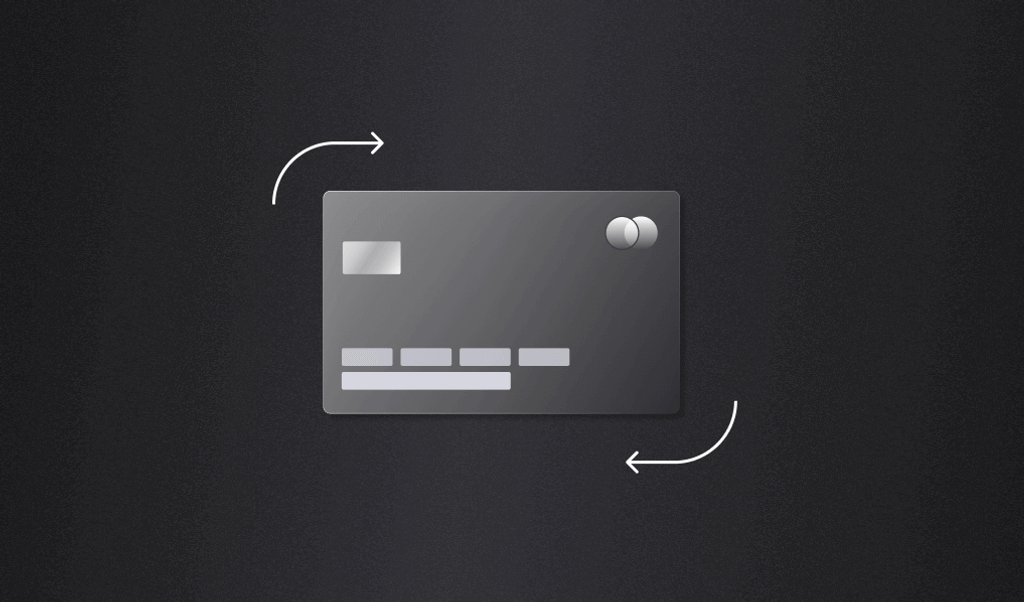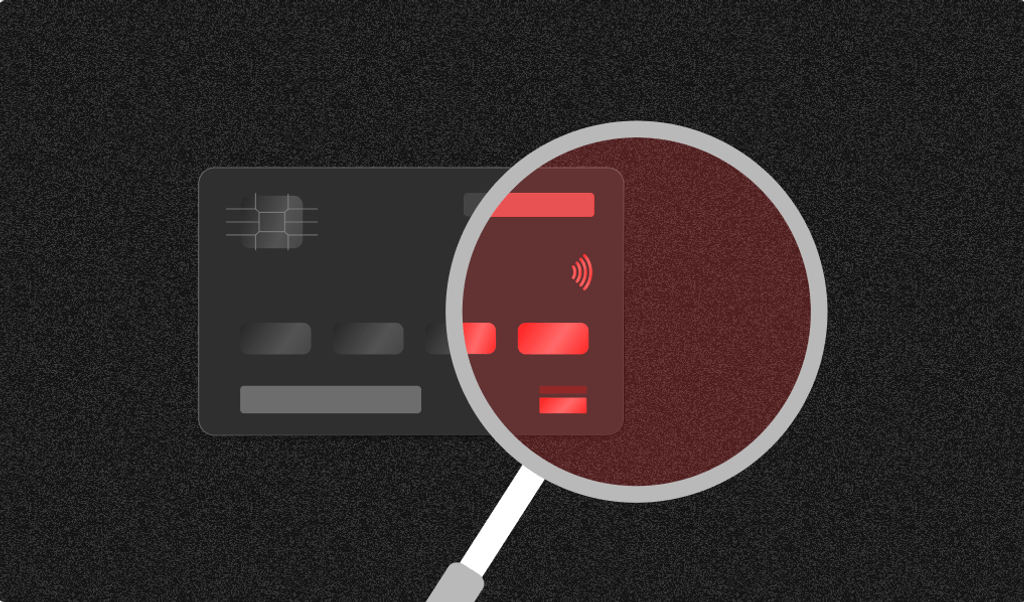
Summarize this article with
Any time you accept a credit card payment, you risk a chargeback — no matter the network, no matter where in the world you and the cardholder are. Mastercard’s Ethoca estimates there will be 337 million chargebacks around the world annually by 2026.
Chargebacks give consumers confidence to use their credit cards anywhere. They know that if a merchant takes advantage of them or if someone steals their card and makes unauthorized purchases, they can ask their issuer to intervene.
Unfortunately, when a consumer disputes a purchase, it’s the retailer who pays — unless they can prove they did everything right. In this article, we’ll be talking about card-not-present (CNP) fraud, the kind that happens online or over the phone (as opposed to card-present fraud, with the physical card, which is now a small minority of fraudulent transactions).
Third-party fraud, the stolen-card case, is generally a losing battle for a merchant trying to dispute a chargeback. It’s up to the merchant and the company that processes their credit cards to detect and block these attempts. These chargebacks usually end in merchants not only refunding the payment, but also paying additional network fees, in addition to losing out on the cost of the product and reputational damages with the network.
But with first-party fraud, also known quite ironically as “friendly fraud,” merchants have a chance to fight back. In these cases, they have a limited time to submit evidence to prove that the cardholder truly authorized the purchase and received the goods or services they purchased.
First-party fraud now makes up about 75% of all chargebacks, according to Ethoca. Here’s how to increase your chances of winning these types of disputes.
Visa: Compelling Evidence 3.0
Visa is the second-largest card network by volume in the world. (We’ll reveal the leader later on.) Its chargeback framework is thorough, stringent, and frequently changing.
In 2023, Visa introduced Compelling Evidence 3.0 (CE 3.0) to make it easier for merchants to respond to first-party fraud claims. The framework allows merchants to use structured data to prove that the same customer previously made legitimate purchases with them. The process requires several identifying factors to be consistent between at least two prior, undisputed transactions and the current, disputed one — including either the IP address or device fingerprint. IP addresses can frequently change, however, so it’s a less reliable data point. On the other hand, consumers rarely switch devices, so persistent identification of a single mobile device or browser sets merchants up for more successful CE 3.0 responses.
There’s much more to the Visa story; learn more about their newly tightened chargeback ratios and how leveraging CE 3.0 can help merchants reduce or avoid additional fees.
Mastercard: First-Party Trust
Mastercard’s equivalent of Visa’s CE 3.0 program is First-Party Trust (FPT).
The concept is the same as Visa’s: If a cardholder claims fraud, but the merchant can prove multiple previous purchases from the same person that were never charged back, then the cardholder’s claim should be denied. The criteria are slightly different, but crucially, they accept device fingerprinting data as evidence.
The biggest difference between the two programs is that Mastercard’s FPT allows merchants to share information about the purchase and the purchaser with the credit card network at the time of the transaction, as well as when needed to resolve disputes. Visa’s only lets merchants share when a chargeback is initiated. By sharing information before a dispute arises as well as after, merchants increase the likelihood that the network will resolve disputes in their favor.
UnionPay: Two-step verification process reduces fraud
China UnionPay is the world’s largest payment network. Its reach goes well beyond China, with many processors — particularly in Asia, but increasingly with global acquiring platforms — directly accepting UnionPay cards. A partnership with Discover provides reach in the Americas.
Most UnionPay cards are with Chinese banks, but over 260 million have been issued outside of China. Most of these issuing banks are in Asia, ranging from South Korea to Pakistan. UnionPay is also filling a gap in Russia following Visa and Mastercard’s exit in 2022.
Chargebacks happen less often with UnionPay because of much lower rates of CNP fraud, thanks to a unique two-PIN system. When checking out with an online merchant for the first time, cardholders first enter their unique PIN, then a one-time code sent via SMS. This approach shifts much of the burden of preventing fraud from merchants to consumers.
When consumers do initiate a chargeback, there are no formal criteria or data-sharing programs for responding to chargebacks with UnionPay. Otherwise, the outline of the process is similar to Visa’s or Mastercard’s, with a choreographed back-and-forth of claims and responses with specific timelines. It’s up to the merchant to establish the validity of the transaction: using the same approach as you would for CE 3.0 or FPT and establishing consistent device IDs across multiple transactions is a strong way to build a case. UnionPay offers multiple opportunities for merchants to respond to disputes, though it’s always wise to make a strong case in the first response.
JCB: One shot to make a chargeback defense
JCB is the dominant credit card network in Japan. It’s widely accepted globally through direct relationships with acquirers as well as partnerships with other credit card networks, much like UnionPay. Also, like UnionPay, it does not have criteria or programs for systematically establishing a cardholder’s purchasing history and intent.
JCB’s chargeback process is less flexible than others’. Merchants have a single opportunity to dispute a chargeback, so it’s crucial to compile the strongest evidence in your possession when you receive it — particularly since the Japan Credit Association found that credit card fraud in 2023 amounted to ~54 billion yen, with 90% of that fraud caused by number theft. If you’re already using a device intelligence tool and can establish a purchasing history on a single device, you’ll be able to make a strong case that the JCB cardholder intended to make the purchase they’re now disputing.
Device intelligence and much more with Fingerprint
If you accept credit cards, you’re getting chargebacks. If you’re defending against chargebacks, you need device intelligence to get the evidence you need to win cases that fight friendly fraud. Fingerprint’s device intelligence is the most accurate in the industry, using over 100 device and browser signals to provide persistent device identification.
Want to learn more about how Fingerprint works? Try it out for yourself with a 14-day free trial.



